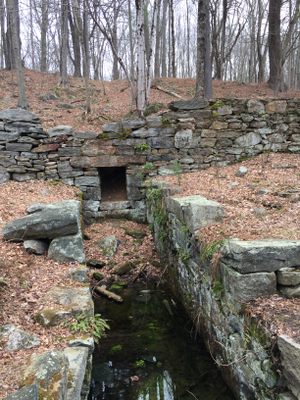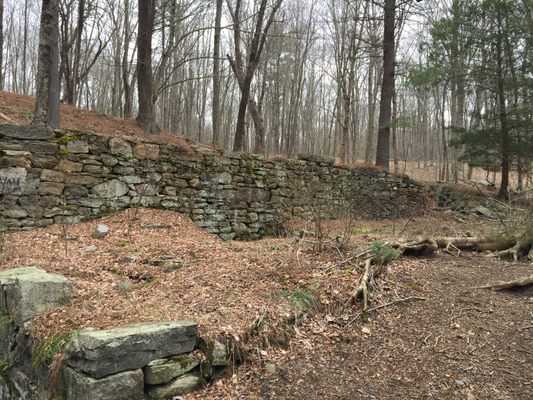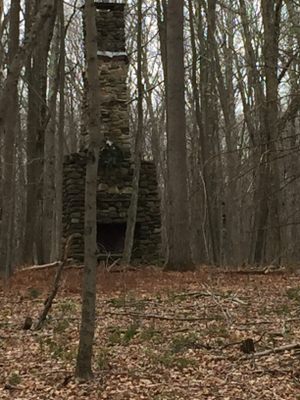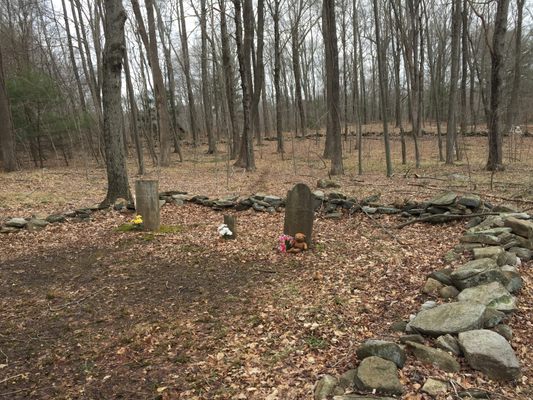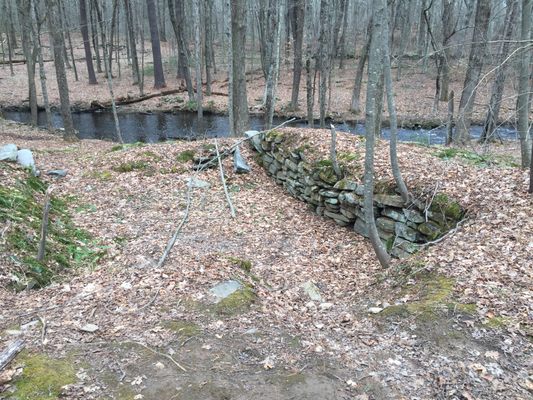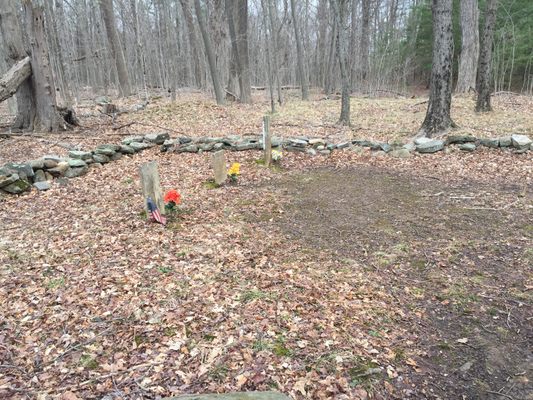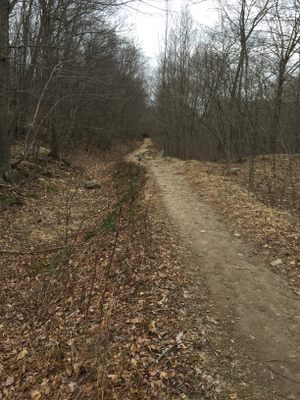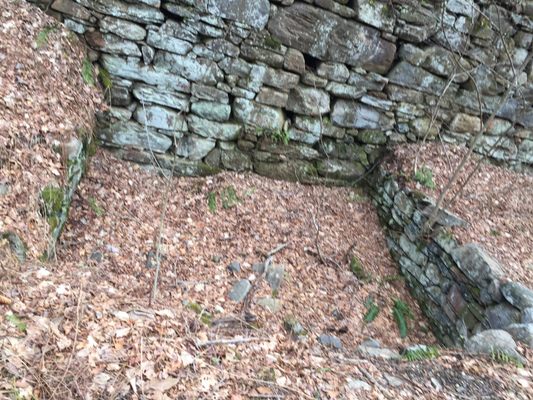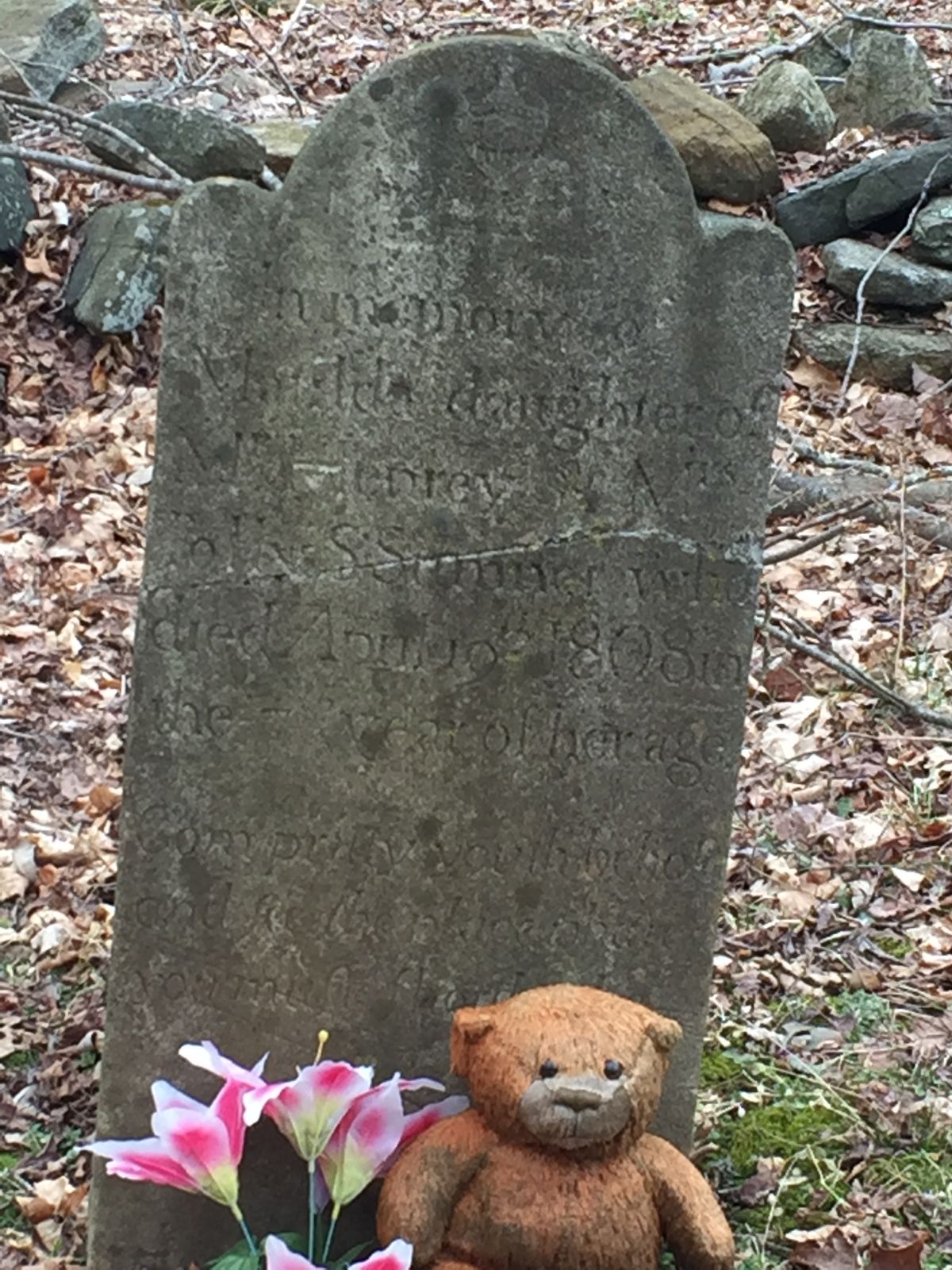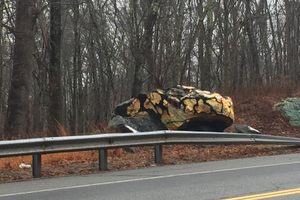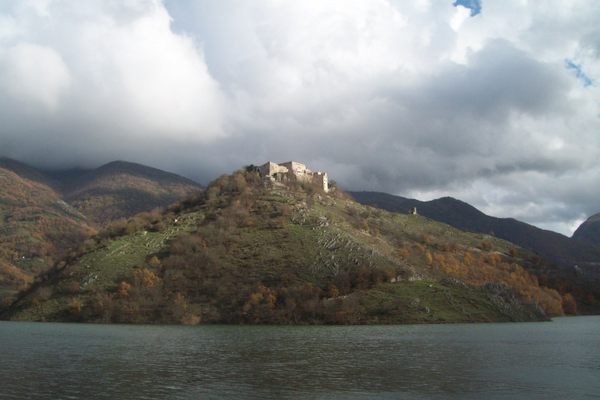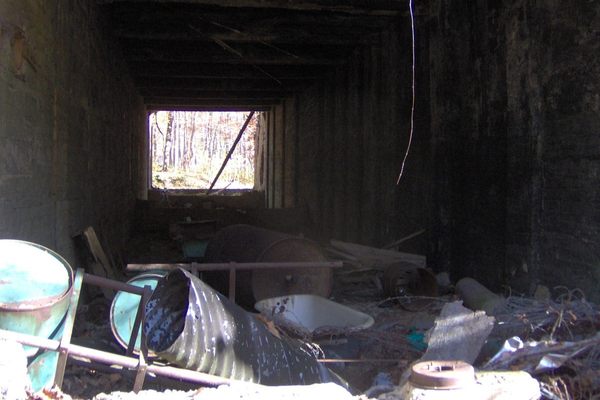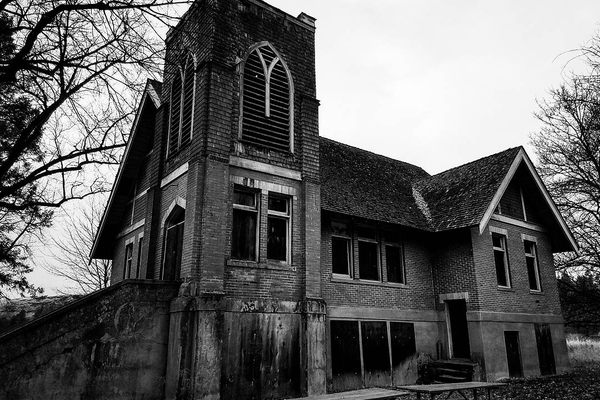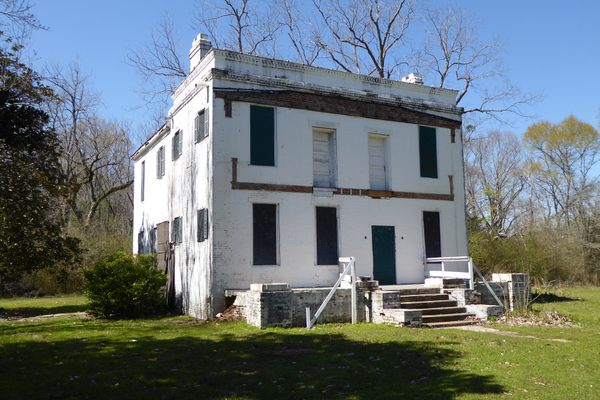About
Located in Hebron, Connecticut, in what is now called the Gay City State Park, Gay City was created because of a religious feud. Gay City was an 18th century village so named after one of the founders, John Gay. In fact, most of the people living in the city were related to John Gay and bore the same surname.
The main beefs that many of the Gays had with the people of Hartford, from whence they came, was that they were Methodists and liked their alcohol, while most of Hartford were Congregationalists and while not teetotalers, took a more austere view of liquor, unlike the Gay family. In fact, only 15 years after the town was settled in 1796, the family built their own distillery. It really was a "gay" town after that. The inhabitants used the river to power several mills including a lumber mill and a textile mill, which were major sources of income for the community.
Gay City appears on the ghost hunter radar for some strange murders that took place. One story goes that a local peddler disappeared and then his skeleton was found in the local charcoal burner’s charcoal pit. It is believed that he was murdered by the charcoal burner, but no one was ever prosecuted.
Another strange murder was that of a young blacksmith’s apprentice who happened to come to work a little late, and by some stories, a little drunk. The blacksmith, enraged at the lateness, stabbed him, then cut off his head. A little severe for tardiness, but the strange part is no one was arrested for this murder either.
The town was a thriving community until the late 1800s when the mill burned down (for a third time) and people started leaving. They left their houses, shops, and factories and moved away. The town was a ghost town abandoned to the woods of Connecticut. The land belonged to one of the sole surviving members of the Gay family, Emma Foster, who gave it to the state under the stipulation it be called Gay City State park and that whatever remained of the town structures, and graveyard, should not be purposely torn down.
Today the park has hiking trails, a campsite, picnic areas, and a swimming area by the pond. If you like exploring abandoned spaces, combined with cross country hiking, this place is a gem.
If you walk along the hiking trails you will come across the abandoned ruins of the old town, namely the thrice-burned mill. Stone farm fences lace the woods in orderly rectangles, and if you are willing to leave the trails and hike aimlessly through the woods you will see stone remnants of the houses and other buildings, including cellars, chimneys, and foundations.
Most of the original structures were built of wood and have long rotted away, but the eerie ghosts of them remain as outlines in the undergrowth and new forest brush. The graveyard still exists. The now mostly unreadable gravestones are often ornamented with gifts from hikers. Small teddy bears can be found at the graves of children, and flowers and other mementos adorn various headstones.
Related Tags
Know Before You Go
Parking is free in the winter, but costs during the late spring-fall. For those interested in "ghosts" they do allow overnight camping, but you need permits. There are not trash cans. This is a take out what you bring in park. Hours are 8 a.m. to 8 p.m. If you want to search the woods for all of the house ruins bring sturdy waterproof hiking boots. It will require off-trail hiking through water and over rocks and rock walls to find the ruins. The main burned down mill ruins are easily accessible in an easy 10-minute walk from the parking lot along a trail. These are the only ruins viewable from a walking trail. The rest you have to comb the woods to find. The graveyard is also accessible from a main trail. Walking from the parking lot keep your eyes open to your right before you hit the head of the white trail. The graveyard will be on your right. It is very small, only a half dozen stones. When you hit the trail heads, keep going straight until you hit the river, then turn right. The mill ruins are easily accessible. The rest of the ruins you have to comb and explore the woods to find. They are not marked and not particularly easy. There is an amazing still working chimney in the woods to the left of the trail leading to the mill. Try finding the stone fence boundaries and explore within them for the house ruins.
Community Contributors
Added By
Published
May 21, 2018
